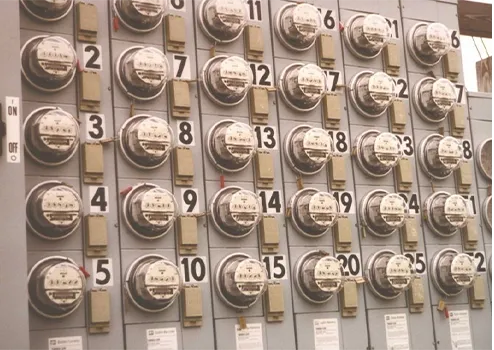The newbie’s guide to submetering utilities

Property owners and management teams are always looking to increase profitability at their properties. In all of the customer conversations and market interviews we’ve done over the last few decades, it comes up time and time again.
In multifamily, the answer to increasing profitability simply one of two options:
- Increase revenue
- Decrease expenses
While it is simple and straightforward, don’t mistake that for easy. Getting some of the measures in place to recoup those profits takes time and energy – but it DOES pay off in the long run. Submetering utilities, and subsequently charging residents, does just that.
Why not just raise rent to cover utilities?
This is often the first thing a property owner will do – but at some point, yearly rent increases to cover the anticipated water and sewer costs cause tenants to complain, or simply move out. Rental increases may also make your rental rates less competitive since your rents appear to soar over those of your competitors (who most likely split out the costs at some point as well!).
When a property separates the water and sewer costs from the rent, it allows the property to forego a rent increase — keeping residents happy, while decreasing the expense for the property. Submetering allows the landlord/management company to advertise to residents that while they do have to pay for their water and sewer, it is measured and therefore they only pay for what they use. As a byproduct, when tenants are responsible for the costs associated with water and sewer usage, it tends to promote conservation.
So, you want to submeter the water? Is it even possible at your property?
To get started, we need to take an in-depth look at water submetering in multifamily applications.
There are two standard types of submetering:
- Traditional Submetering (single point)
- Inferential Submetering
TRADITIONAL SUBMETERING
NEW CONSTRUCTION
The first step for water submetering is to review the matter with your engineers and architects before the design phase concludes. To implement submetering, it is essential to decide beforehand, so that the designs include a single point of water supply. This will allow for measuring 100% of each apartment’s usage.
EXISTING PROPERTIES
Some existing properties were built with the foresight of water submetering. They were constructed so the entire water used by an apartment enters the unit at one single point, with adequate space (in an appropriate area) for a water submeter. This setup also allows for measuring 100% of each apartment’s usage.
INFERENTIAL SUBMETERING
Some existing properties were built without foresight of water submetering. However, with individual hot water tanks, these properties are excellent candidates for inferential submetering. Though strikingly similar to traditional water submetering, only the water that feeds the hot water tank is measured. That measured usage is then used to infer the total usage for that apartment, based on the total usage for the building.
SUBMETERING EQUIPMENT
For all submetered options, the equipment setup is roughly the same. For new construction, the plumber configures the plumbing, during rough-ins, for new construction, for the submeter to be installed. For existing properties, the plumber gains access to the utility closet to plumb in the meter. The meter has a device attached for the wireless transmittal of water usage to the central data collector on the property.
The data collector is accessed each night, usually via an internet connection, to obtain the readings from all the submeters on the property. This information is the base for billing the residents. The billing company would then use the monthly readings for each meter, and the associated rates from the utility bill for the property, to produce and mail the bills to the residents.
